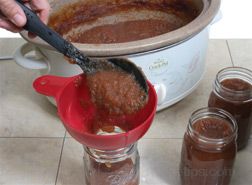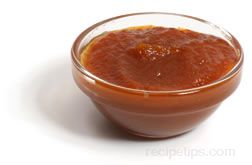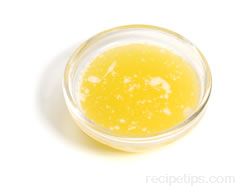Butter is available unsalted or salted, both being popular for daily use. However, when butter is listed as an ingredient for a recipe and neither type is specified, it is always best to use unsalted butter, especially for the preparation of sweets. Unsalted butter may be kept in the refrigerator for 2 or 3 weeks while salted butter may be kept somewhat longer (4 or 5 weeks), due to the salt acting as a preservative. Butter freezes very well and may be kept in the freezer for long-term storage for at least a half year. If butter is not being used on a regular basis, it is best to keep it frozen until ready to use. To soften, the butter can then be warmed on the lowest heat setting in a microwave for 30 to 60 seconds, depending on the amount being softened. Since each microwave is different, always watch the butter to make sure the amount of time is not too excessive for the desired result.
Recipes that refer to "cutting in the butter" as a procedure are suggesting that the butter be combined with all other dry ingredients in a manner that cuts the solid butter into smaller pieces, combining into the mixture of ingredients in a way that will not require melting and then combining. Methods to cut butter into dry ingredients can be achieved by using a fork to mash the ingredients or a pastry blender or cutter that has a curved, slotted end with blades or wires that connect to a handle on the opposite end so it can be held and moved in an up and down or rocking motion to cut and blend fat ingredients into the dry ingredients. This utensil is most often used for working with pastry doughs, especially pie crusts.















